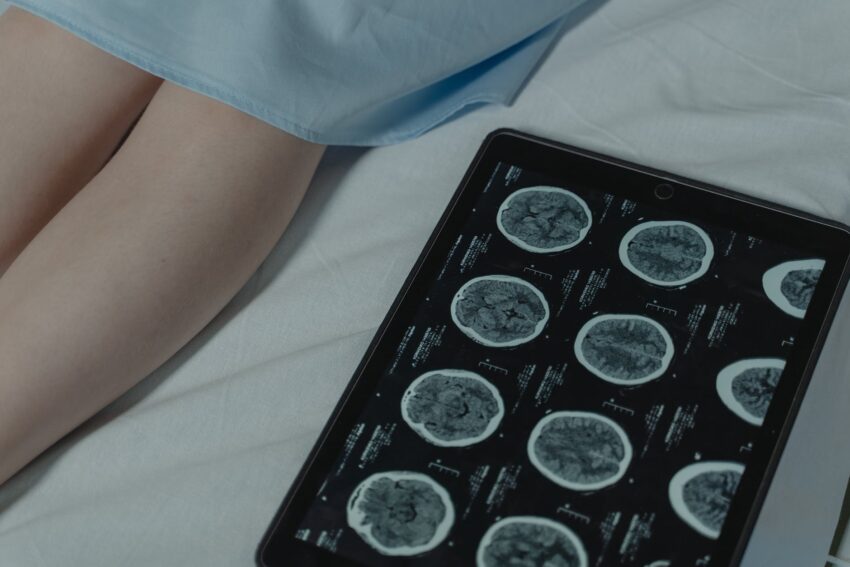Psychedelic experiences, often accompanied by profound shifts in sensory perceptions and intense changes in cognitive processes, have fascinated humankind for millennia. These altered states of consciousness stem from the interaction of hallucinogenic compounds and the complex neural networks within the brain. Following advancements in neuroscience and pharmacology, researchers are beginning to uncover the neurochemistry and biological mechanisms underlying these profound experiences.
The term psychedelics, derived from the Greek words for “mind-manifesting”, aptly describes these psychoactive substances’ ability to impel surfacing of cognitive, emotional, or perceptive processes typically veiled by ordinary consciousness. The most common psychedelics, including LSD (lysergic acid diethylamide), psilocybin (the main active ingredient in magic mushrooms), and mescaline (found in the peyote and San Pedro cacti), generally work by interacting with the serotonin system in the brain.
Serotonin, a key player in the brain’s neurochemistry, is involved in various physiological processes such as mood regulation, perception, and cognition. It is no surprise that alterations in serotonin transmission can lead to a significant shift in consciousness. Psychedelics are chemically similar to serotonin and capitalize on this similarity to engage with the brain’s serotonin receptor system.
Specifically, psychedelics show high affinity for the 5-HT2A subtype of serotonin receptors, leading to an increased stimulation of these receptors – a function that seems especially crucial for the manifestation of psychedelic effects. Studies have shown a direct correlation between the receptor binding strength of hallucinogenic compounds and the intensity of their psychedelic effects, illustrating a crucial function of the 5-HT2A receptors in psychedelic-induced states.
Beyond this receptor binding, psychedelics also affect brain activity at a larger scale by modulating neural networks’ performance. Advanced imaging studies have demonstrated that psychedelics induce a state of “hyperconnectivity” among different brain regions— areas that typically operate semi-independently suddenly become synchronized under the influence of psychedelics. This heightened synchronicity provides a biological explanation for the often-reported dissolution of ego-consciousness and the sensation of unity with the surrounding world during psychedelic experiences.
Interestingly, psychedelics also seem to modulate neuroplasticity – the ability of the brain to change and adapt throughout an individual’s life. Research points to the potential of psychedelics to stimulate growth and connectivity among neurons, supporting the emerging concept of psychedelic-induced neural plasticity. While this field of research is relatively new, it sparks hope for novel therapeutic strategies, particularly in mental health disorders characterized by dysfunctional neural plasticity.
While current research provides compelling insights, the full complexity of the interactions between psychedelics and the brain remains partially uncharted. Can we eventually utilize these insights to navigate treatment-resistant mental health disorders more effectively? Could psychedelics serve as tools for consciousness exploration that inspire philosophical, spiritual, and scientific discussions alike? Such questions reflect the exciting potential that psychedelic research holds in understanding and manipulating these enigmatic states of consciousness and the vast realms of the human mind.
While we tread cautiously, assessing risks and ensuring ethical usage, the decriminalization and increasing acceptance of psychedelic substances for therapeutic purposes mark a promising shift. The hope is that continued research and informed conversations about the brain’s mechanics and neurochemical alterations under psychedelics will demystify these substances, highlighting their potential benefits and minimizing misuse.
As with all potent tools, psychedelics demand respect for their power and complexity. But as research continues to tease apart their effects, our understanding of the brain, consciousness, and potentially transformative neurotherapeutics will undoubtedly expand.
